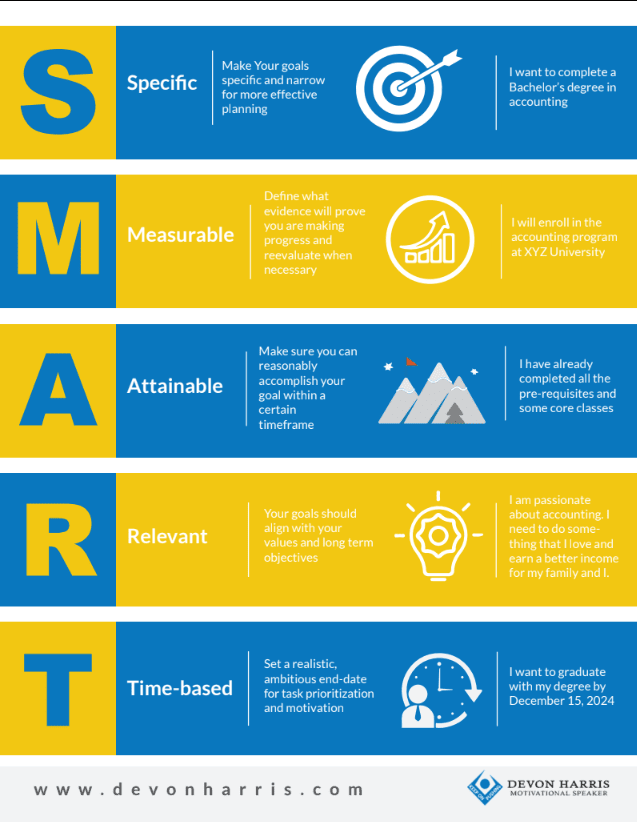It is common sense—a chain would only be as strong as its weakest link. Scientifically, it is also true. Let’s say you loop three links in a chain with each capable of carrying different weights. For example, one may be able to carry a 100 lbs weight, another 75 lbs and the third 60 lbs. When put to a stress test, the chain would always break at the 60 lbs weight—the weakest link.
This little fact is actually instructive to us in life as well: Weaknesses that are unnoticed or neglected can be the cause of defeat for many team efforts and cause even the strongest organization to falter.
But it also leads to more questions…..
How does one define weakness, and thus determine who is the weak link on that team?
Does being the weakest link on a team mean that you have nothing to contribute to the team’s success?
Since success is a process, at what stage in the process would you identify a member of the team to be the weak link?
Once you have identified the weakest link, what happens next?
The term “weakest link” suggests someone whose skills or lack thereof renders them ineffective members of the team. And while there could be some truth to that way of thinking, it is important to note that productivity is not the only way to measure whether or not someone is a weak link on a team.The inability to cooperate, unwillingness to buy into the team vision, divisiveness or a “me first” mentality are all things that would render someone the weak link on a team.
Instincts suggest that you should cut the weak link from the team but I say —-not so fast!
I think you have to first determine the nature of the weakness.
Is it skill, knowledge, experience? With proper training and reasonable time, this could could become a non issue.
Undoubtedly, there are certainly circumstances where despite the investment of time and resources, an individual might not show the skill, aptitude or talent to perform effectively in a particular area. The solution is not necessarily to place the person on a different team but perhaps in a different role on the team. Such a change could allow them and ultimately the team to soar. Success is a process and everyone at every level should be willing to explore all the possible ways to get the most out of everyone in order to give the team the best chance of achieving its goals. The hallmark of a great team is that it allows everyone to be relevant. They get a chance to strive, grow, get better and stronger and eventually become a significant contributor to the team.
Perhaps it is a personality issue. Generally speaking, over time with improved communication and a willingness on the part of everyone to change; non-technical or non-functional related issues can be resolved. It is true though, that some personality issues are difficult to overcome. In those instances, the best option might be to end the relationship.
. As the saying goes, “You hire for skill, you fire for personality”
It is important to recognize however, that every team has a weak link. In the end, the true test of a team is not that it might have a weak link. The true test is whether or not it can still succeed despite its weak links.
Keep On Pushing!


